Want to Reduce Your Carbon Footprint? These Resources Will Help You Live Your Greenest Life
There are countless ways you can lower your carbon footprint and help make the world a greener, healthier, and safer place. The following resources offer in-depth information that can help you understand all of the ways you can support green initiatives. From strategies you can adopt to live a greener and more sustainable life to learning about the different tax incentives that reward you for adopting green energy, here’s a guide to everything you need to know about going green.
High-quality air and water are essential to ensuring a safe and habitable planet. Not only are poor air and water devastating to human health, but regions with low-quality air and water also tend to be more economically and socially unstable. Here’s what you need to know about how air and water pollution affects our quality of life.
Learn more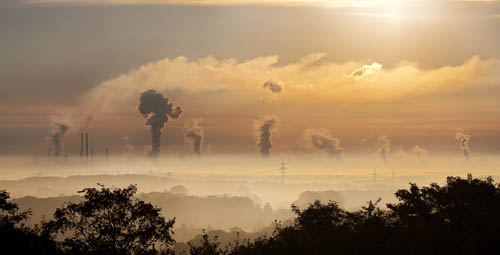
Everyone has a carbon footprint, but you might not realize how big yours is! You won’t be able to eliminate it entirely, but there are lots of things you can do to reduce your environmental impact. Find out how the size of your carbon footprint affects the environment, and what you can do to reduce it, here.
Learn more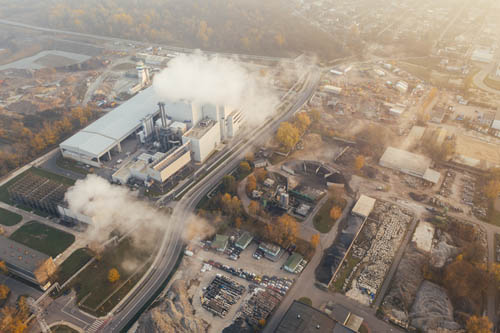
What exactly is climate change? You’ve probably heard a lot about it, but you might not know exactly how it can affect you. If you want more information about how climate change influences everything from human health, to jobs, to water availability, to the survival of plants and animals in global forests, learn more here.
Learn more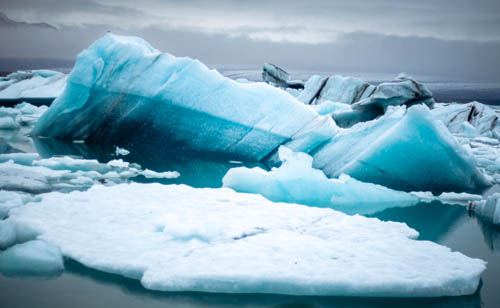
Global forests are under tremendous threat, which not only poses numerous environmental challenges, but also puts human health, air quality, water availability, natural resources, and global economic stability at risk. Learn how protecting our forests is critical for ensuring the health and vitality of the entire planet.
Learn more
Global energy use is one of the biggest drivers of climate change. Transitioning to sustainable energy sources might reduce our carbon output by more than 270 metric tons per year! Here are a few resources that can help you learn more about our energy consumption and how it affects the planet.
Learn more
For more than 50 years, the U.S. Environmental Protection Agency has supplemented federal laws designed to protect and preserve human health and the environment by developing regulations that ensure those laws are understood and enforced. This page offers information about Environmental Protection Agency programs and incentives.
Learn more
Learn how your business, community, and lifestyle can achieve improved environmental sustainability. From recycling programs, to carbon offsets, to carbon credits, to improved environmental education, these informational resources can help you understand how different programs and incentives can make a difference.
Learn more
Nearly everything we do has an impact on the environment. From taking a shower before work or school in the morning, to ordering take-out at lunch, to our commute home at the end of the day, all of our activities require water, food, and energy consumption. Learn how increasing your environmental consciousness can help you make better decisions for your environment, your community, and your health.
Learn more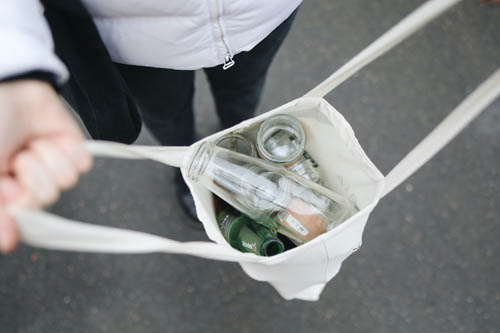
Certain brands have better environmental records than others. Learn how these environmentally conscious brands and organizations are adopting policies and programs designed to lower their carbon emissions, reduce waste, improve the sustainability of their supply chains, and use less energy.
Learn more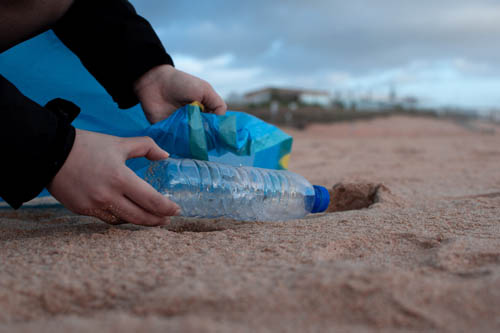
Has your business gone green? An increasing number of businesses are electing to implement environmentally sustainable practices to remain competitive. Here’s how adopting green practices can help your business increase environmental awareness, save on operating costs, reduce waste, lower emissions, and become more profitable.
Learn more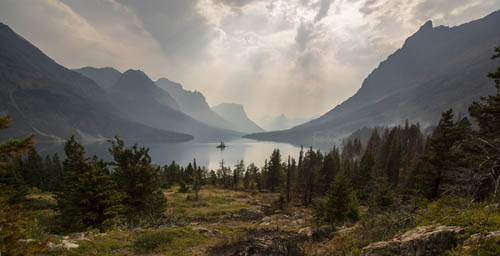
Conserving our natural environment is critical to reducing our carbon output and protecting our precious wildlife. From wildfires across California, to increased numbers of hurricanes along the gulf coast, to active deforestation everywhere, we are in danger of losing significant portions of the natural world. Learn how you can help preserve our natural resources and protect them from the devastation of human-induced environmental catastrophe.
Learn more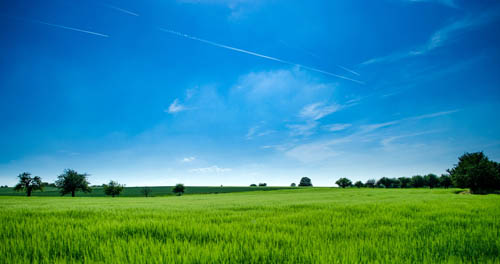
Adopting large-scale organic agricultural practices can dramatically help reduce our global carbon emissions, eliminate chemical pesticides, fungicides, and herbicides from soil and water sources, fight soil erosion, conserve and protect water supplies, and increase biodiversity. Learn more about organic farming practices and standards here.
Learn more
How much of your recycling is actually recycled? Sorting your trash into the proper bins is a start, but you might be surprised to learn how much recyclable material ends up being thrown away. Make sure you are doing everything you can to avoid generating waste that ends up in landfills. Learn more about how you can make your recycling count.
Learn more
Adopting solar energy can help save the planet… and help you save money! Solar power harnesses the energy of the sun to produce an electric or thermal energy source. Learn how you can lower your electric bills, increase the value of your home, support the local economy, and protect the environment with solar energy.
Learn more
Wind power is among the cleanest energy sources, and it has the capability to significantly lower our reliance on harmful fossil fuels. Free, clean, and sustainable, the wind energy industry employs more than 120,000 people across the U.S. and in U.S. territories. Learn more about the numerous advantages of adopting wind energy technology.
Learn more